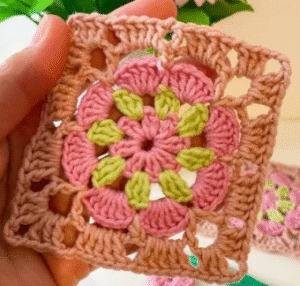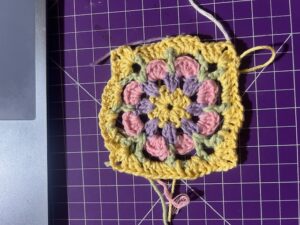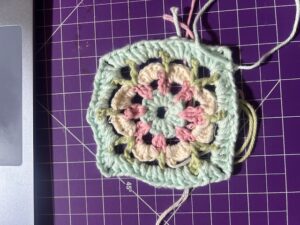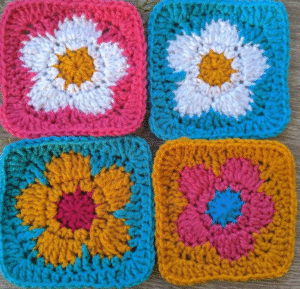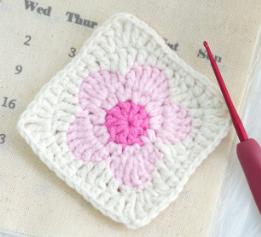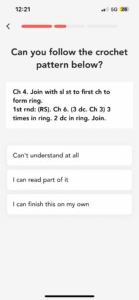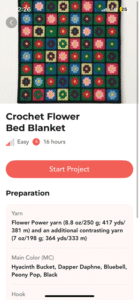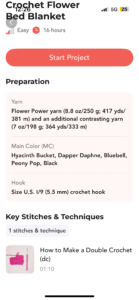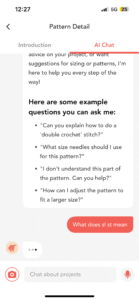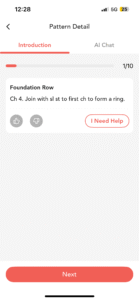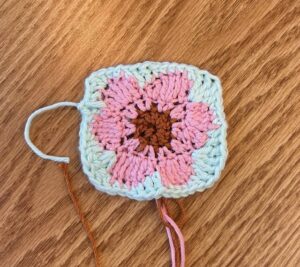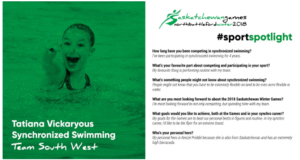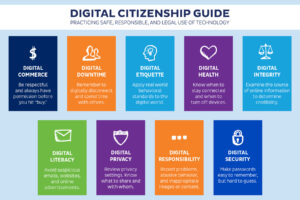Fake news has become a dangerous thing in recent decades because it has become so dangerous. In order to help the future generation we need to educate students on how to logically go about using the internet.
I am studying secondary education so I will be teaching students who will most likely be using electronics more than they aren’t. Because of this, students will be getting information overload. For example, Tik Tok is a very popular app where just about anything can be shared from short dance videos to informational news. While the short dance videos don’t really make a difference in the political/educational world, the news does.
Getting information from social media can be helpful for people that maybe don’t want to watch the news. However, not all news on social media is coming from reputable sources. A lot of it is coming from people who are upset with what is going on in the world or their community. This can alter the information being given through the screen. Short videos don’t really leave room for explanation and a good chunk of the time the information being shared on your algorithm is information you want to hear. This is one of the ways people can get information overload because they aren’t fact checking the information being shared and are pretty much believing anything they hear insteading of breaking down the information. This is one of the ways I would incorporate the goals of the NCTE framework.
This is why it is extremely important to teach students about digital literacy. I think the best way to go about it would be to do something similar to what we did in lecture and talk about possible pieces of fake news; like this quiz. I think that would be a good way to open up students to fake news. I also like the article “why do people fall for fake news” so I think I would also use that in my classroom as well. Telling the students the different types of fake news would also be important so this poster(also shown below) would also be beneficial.
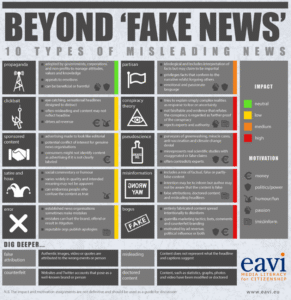
I would attach this to the health curriculum because it is like a stem of digital safety. I would also use this/teach in a social studies classroom. I think it would fit best with this subject because in whatever social studies class you are taking you talk about what is going on in the world around you. This way students can use what they learn from digital literacy to fact check the information being poured to them.

